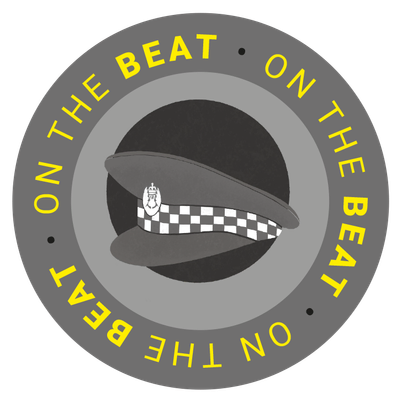By Adam Morris
Hundreds more criminals were fitted with electronic tags last year as ministers increased the use of tracking technology.
Research by 1919 has revealed 5,801 people were issued with monitoring orders in 2023/24, a 14 per cent rise on the previous year.
The increase comes as jails get ready to release hundreds of inmates in the new year under emergency legislation triggered by a swelling prison population.
Use of the technology splits opinion, with advocates arguing it helps with reintegration to society while placing limits on offenders who may still pose a threat.
Victim Support Scotland said it understands the need for more GPS tracking, but warned the system has to be “fit for purpose”.
“Worryingly, we have heard anecdotal evidence of people evading home detention curfew measures and harassing victims,” said Kate Wallace, the organisation’s chief executive.
“We do have concerns about the effectiveness of electronic tagging and have called for investment in the home detention curfew and monitoring technology.”
The vast majority of criminals tagged last year were adult males, although the number of women fitted with a tag also rose sharply.
Among the total number, published following a freedom of information request, were 88 under 18s.
Every council in Scotland now has the capability to monitor criminals on bail electronically, while it is stated Scottish Government policy for the practice to continue to expand.
It has become even more of a priority as prisons try to manage burgeoning populations.
“We do have concerns about the effectiveness of electronic tagging and have called for investment in the home detention curfew and monitoring technology”
Kate Wallace, Victim Support Scotland
While politically controversial, the move to prematurely release criminals after just 40 per cent of their sentence won support from organisations representing prison officers and governors.
Some criminals, including those convicted of domestic violence, will not be eligible for the scheme, although – unlike the last round of early releases – prison governors will not have a veto.
Similar initiatives have taken place in England, where jails are also facing capacity issues.
But Scottish Conservative justice spokesperson Liam Kerr said: “With jails bursting at the seams and tagging at a record high, the SNP’s reactive and reductionist approach is in disarray.
“There is a place for electronic monitoring, but it cannot be a replacement when custodial sentences are required.
“The Scottish Government’s long-term failure to take a holistic, strategic approach to Scotland’s justice system is leading to ever more dependence on monitoring whether it’s the right alternative or not.”
The longer-term rise in tagging is also notable.
In 2019/20 there were 4,798 electronic monitoring orders issued, a figure that dropped down to 3,539 in the first year of Covid restrictions.
The five-year increase stands at around 21 per cent.
A spokesperson for the Scottish Government said: “Courts and other justice authorities consider electronic monitoring to be a reliable and appropriate tool to support a person living in the community rather than being held in custody.
“Confidence in electronic monitoring can be seen through the high use being made of the measure.
“Public safety and any potential risk to victims are key factors in determining suitability for electronic monitoring, and that informs what curfews or restrictions away from particular places may need to be put in place.”
Total number of electronic monitoring orders issued in Scotland

